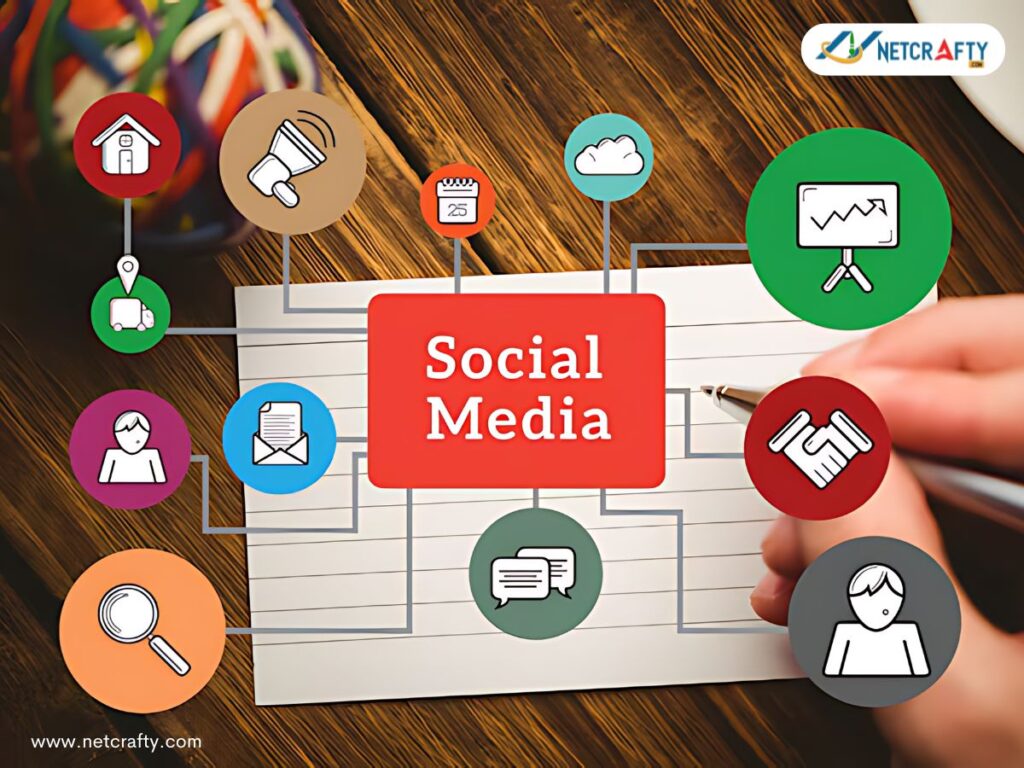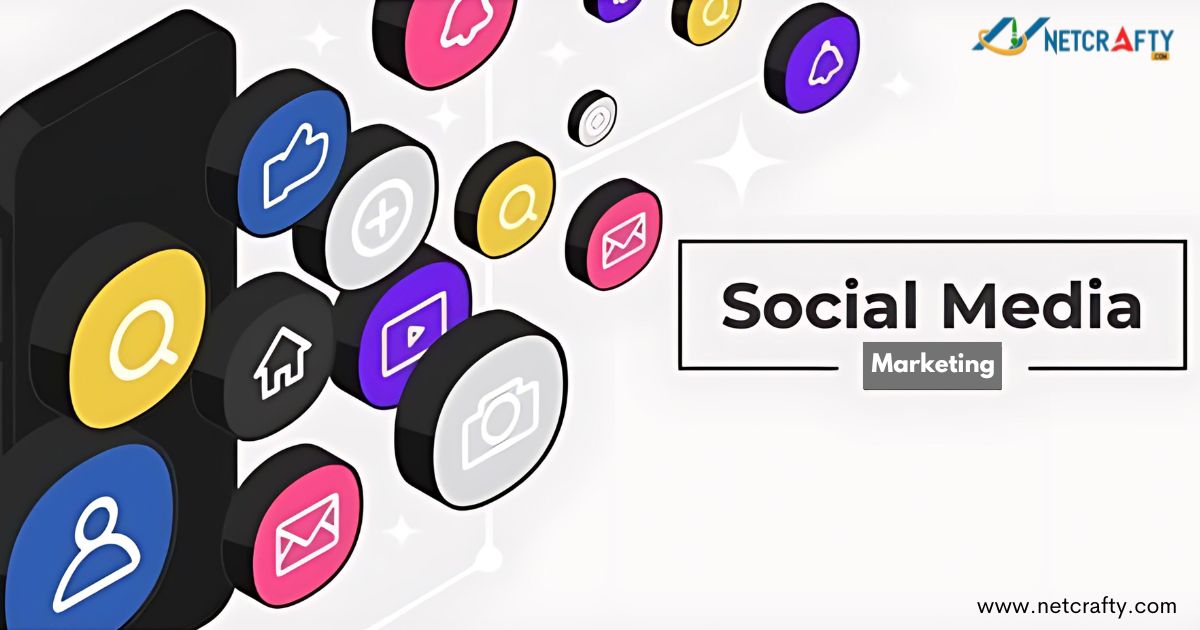Social media refers to all the platforms and tools enabling individuals, organizations, and producers to interact, build virtual communities, share information, and exchange ideas. It’s not just a tool for communication but a platform for building connections and communities.
Users can access many social networking platforms, including Facebook, YouTube, Instagram, and LinkedIn. Although social media is mainly utilized by individuals, brands and producers can use social media marketing to establish their brands, engage with their audience, and sell their goods and services.
Social media has fundamentally changed how people in today’s society exchange ideas, information, and content. It differs from previous forms of media in that it is a two-way communication method instead of a one-way method designed to disseminate information without a means of receiving a response.
How does social media marketing work?
Social media provides platforms where users can create, share, and interact with content. Here are the fundamental components and mechanisms of social media:

- User Profile: Most social media users create profiles, including a profile photo, bio information, and a unique account name.
- Content Creation: Posts and text are just two of the many kinds of content that social media users can produce and distribute. Photos. Videos and links to other websites. Platforms frequently include editing and enhancement capabilities for content, such as photo and video filters and text formatting options.
- Content Sharing: Every social media user can publish information from their personal profile, but the kind of content that may be shared differs depending on the platform. For instance, you can share text, images, short videos, and more on Facebook and Instagram, while you can only upload pictures and videos on Social media platforms.
- Interaction: Social media users can interact with content through likes, comments, shares, and reactions. These interactions often drive engagement and visibility of the content.
- Feeds or Timelines: Imagine a digital newspaper personalized for you. It’s a collection of all published posts from accounts you follow, suggested posts based on your interests, and pertinent advertisements compiled by most social media sites.
- Algorithm: Every social media platform uses an algorithm to choose which content to show users and in what order. Most algorithms show users the content they are most likely to interact with based on the content they have seen and interacted with.
- Privacy and Security: Social media platforms take your safety seriously. Security measures prevent unauthorized access to user data and accounts. Users can adjust their privacy settings to manage who interacts with them and views their stuff.
- Monetization: Social media handling agencies make money through sponsored content, advertising, and premium features. Advertisers, sponsors, and direct contributions from fans (such as Patreon or YouTube’s Super Chat) are other ways users can earn money from their work.
- Analytics and Insights: Organizations and individuals can utilize analytics to monitor their content’s performance, reach, and engagement. With insights, users can better grasp their audience and develop their content strategy.

Leave a Reply